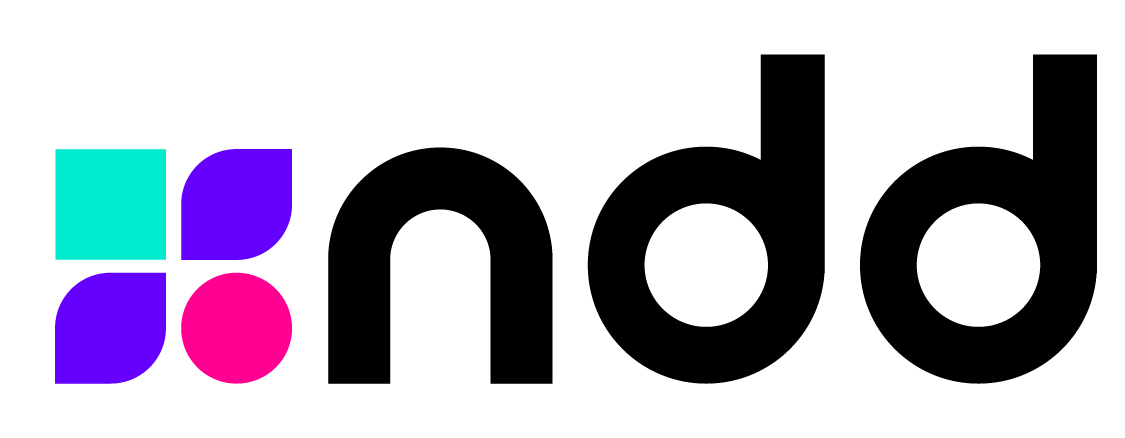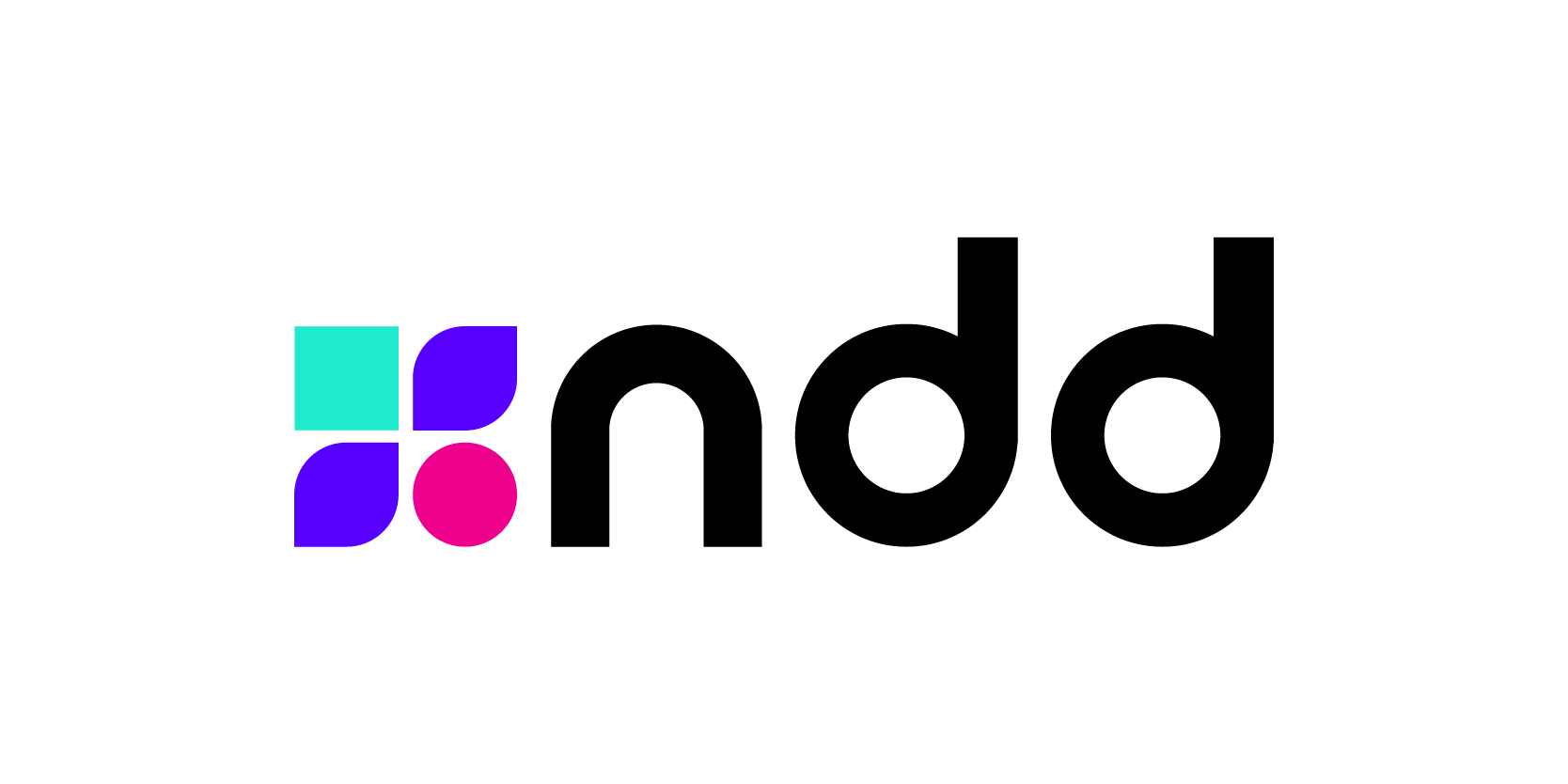Many changes stem from technology adjustments rather than innovations. Understand how technology maturation is transforming the Print Management Software market.
In the technology sector, staying abreast of trends and understanding emerging innovations is paramount. This entails adopting established technologies more strategically within your segment.
In the print management software market, notable changes include:
- Digitization workflow, essential for ESG compliance and digital transformation, particularly in hybrid and remote work settings.
- Distributed work environments driving cloud adoption, which is increasingly prevalent, offering mobility and efficiency benefits alongside cost reductions.
- The necessity for print providers to manage other devices, a response to the demands of hybrid and remote work setups.
- Information security emerging as a key differentiator, reflecting the sector’s evolving landscape.
These shifts are recognized and addressed by print providers, who aim to foster stronger client relationships through trend monitoring and opportunity identification.
Adaptations and Needs
Innovative services often involve adjusting existing tools or platforms to meet evolving client needs, rather than creating entirely new technologies.
Examples include:
Secure Print Release, offering printing flexibility securely, even in hybrid or remote work scenarios.
BYOD (Bring Your Own Device) trends in remote work, requiring print providers to adapt processes and solutions for devices predominantly used outside the office.
Advanced reporting, leveraging data for informed decisions and providing tailored insights that benefit both providers and clients.
Integration of artificial intelligence into routines, making advanced reports smarter and more effective through machine learning.
Client expectations align with the maturation of existing technologies and evolving perceptions within the outsourcing sector. Print providers must remain proactive, conducting tests and staying updated to benefit their clients.



